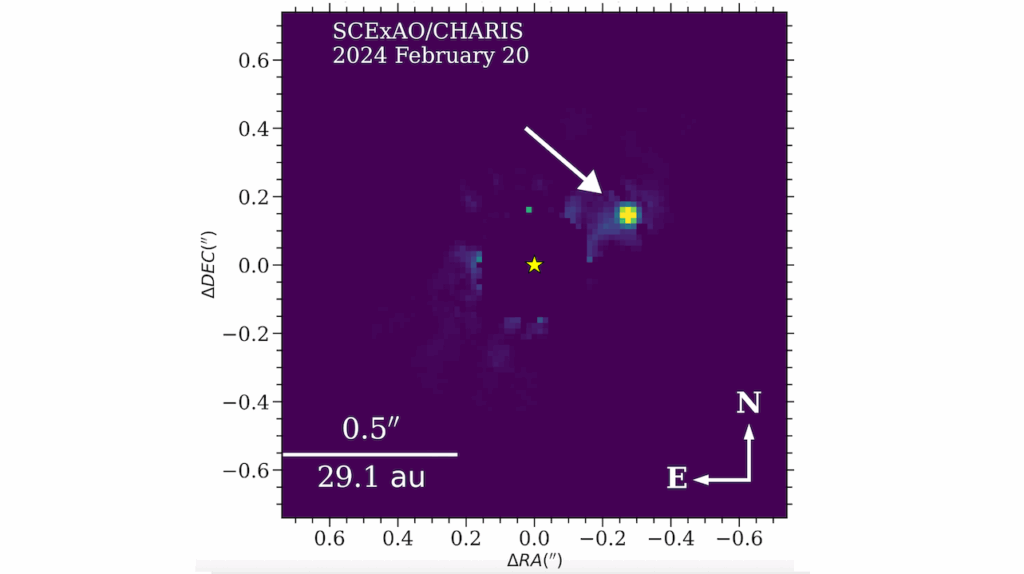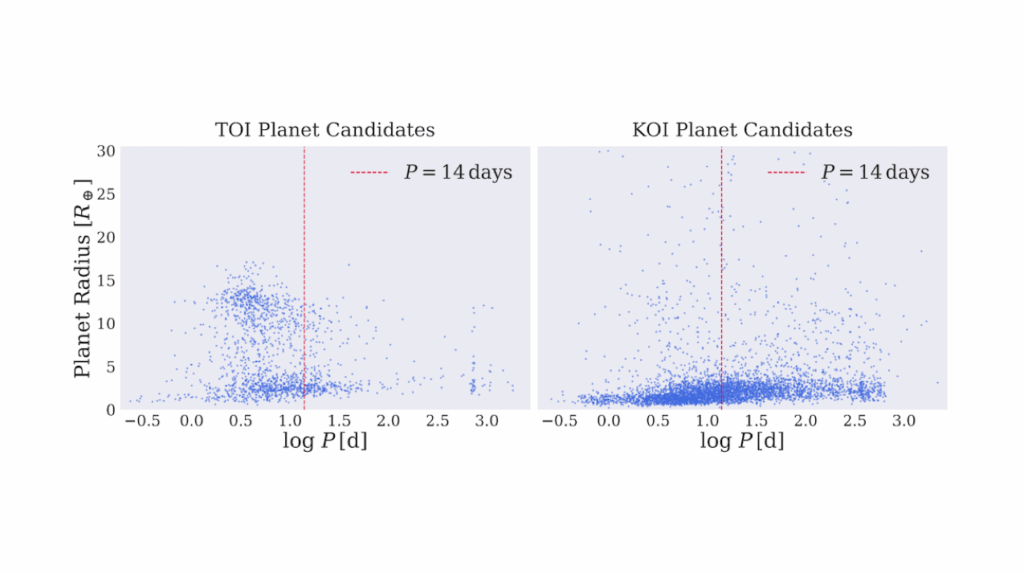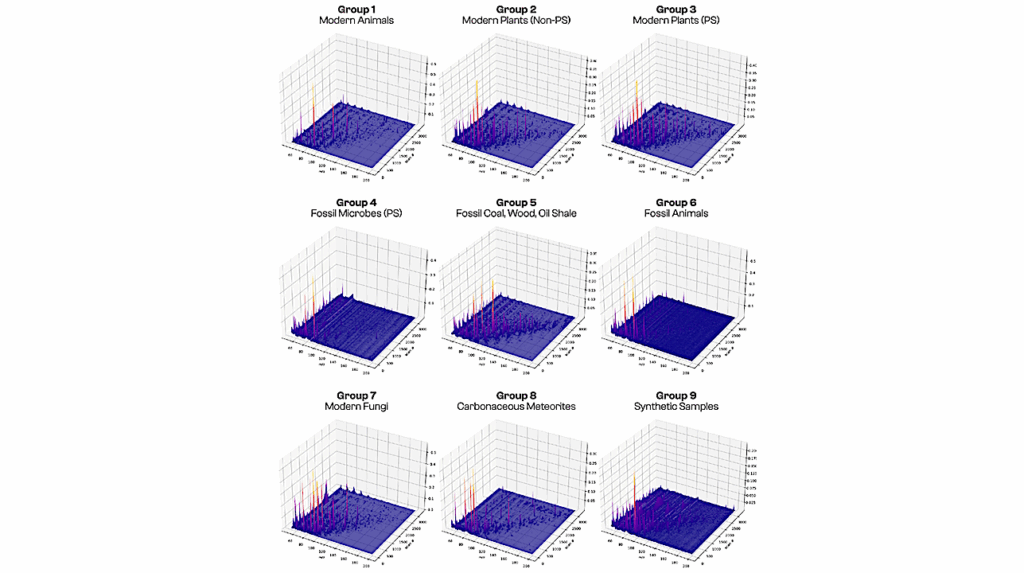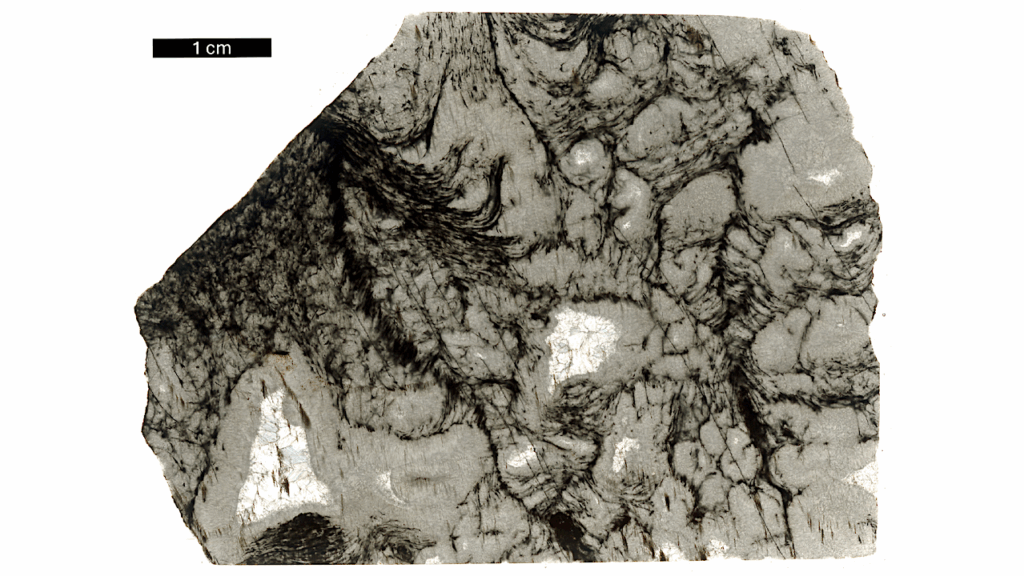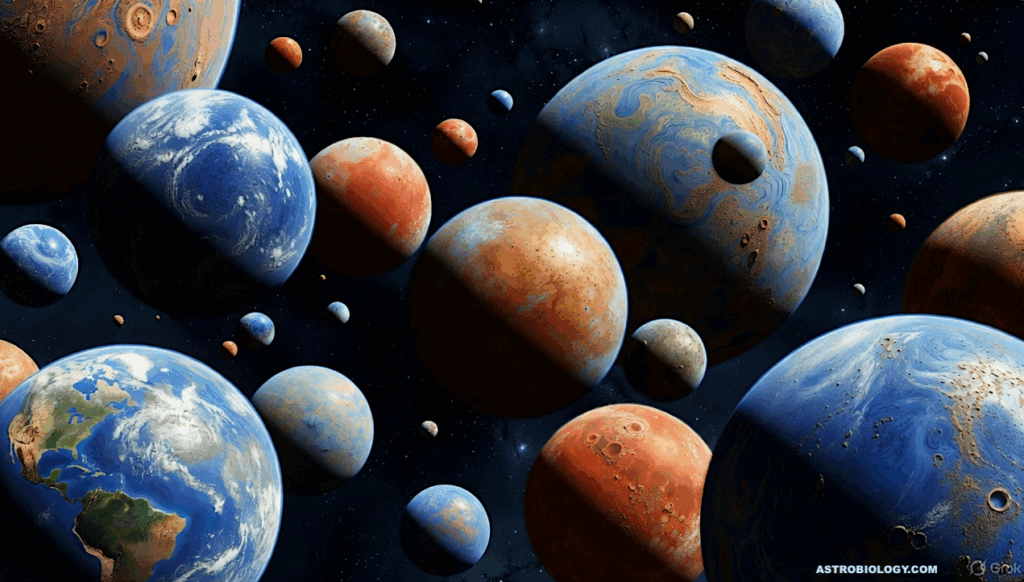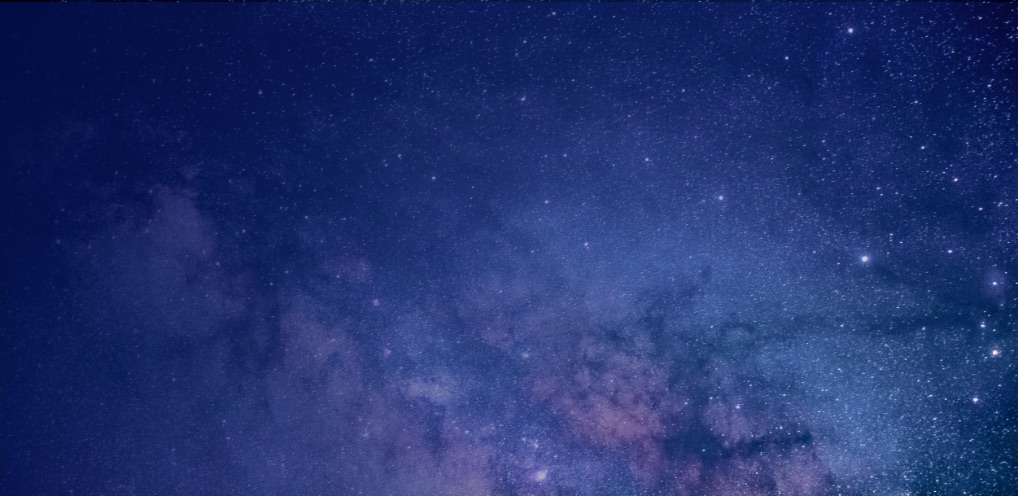3D Radio Data Visualisation In Open Science Platforms For Next-generation Observatories

Next-generation telescopes will bring groundbreaking discoveries but they will also present new technological challenges. The Square Kilometre Array Observatory (SKAO) will be one of the most demanding scientific infrastructures, with a projected data output of 700 PB per year to be distributed to a network of SKA Regional Centres.
Current tools are not fully suited to manage such massive data volumes, therefore, new research is required to transform science archives from data providers into service providers. In this paper we examine how a science archive can deliver advanced visualisation capabilities for the SKA science archive.
In particular, we have conducted a thorough exploration of existing visualisation software for astronomy and other fields to identify tools capable of addressing Big Data requirements.
Using selected technologies, we have developed a prototype archive that provides access to interactive visualisations of 3D radio data through web-based interfaces, adhering to International Virtual Observatory Alliance (IVOA) recommendations to favour interoperability and Open Science practices. In addition, we discuss how current IVOA recommendations support these visualisation capabilities and how they could be expanded.
Our prototype archive includes a service to generate 3D models on the fly as a server operation, enabling remote visualisations in a flexible manner; for instance, a set of parameters can be used to customise the models and their visualisation.
We have used SKA precursor and pathfinder data to test its usability and scalability, concluding that remote visualisation is a viable solution for handling high-volume data. However, our prototype is constrained by memory limitations, requiring techniques to reduce memory usage.
I. Labadie-García, J. Garrido, L. Verdes-Montenegro, M. Á. Mendoza, M. Parra-Royón, S. Sánchez-Expósito, R. Ianjamasimanana
Comments: 18 pages, 10 figures and 2 tables. Accepted for publication in A&C. GitHub repository in this https URL . Visualisation examples in this https URL
Subjects: Instrumentation and Methods for Astrophysics (astro-ph.IM); Astrophysics of Galaxies (astro-ph.GA)
Cite as: arXiv:2503.16237 [astro-ph.IM] (or arXiv:2503.16237v1 [astro-ph.IM] for this version)
https://doi.org/10.48550/arXiv.2503.16237
Focus to learn more
Submission history
From: Ixaka Labadie-García
[v1] Thu, 20 Mar 2025 15:34:51 UTC (2,060 KB)
https://arxiv.org/abs/2503.16237
Astrobiology


